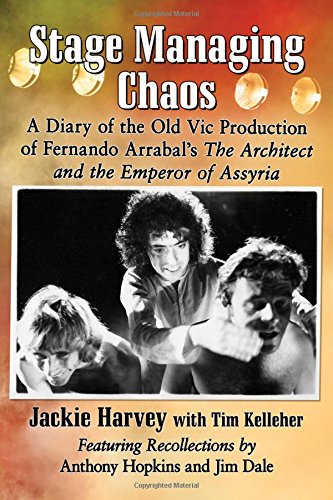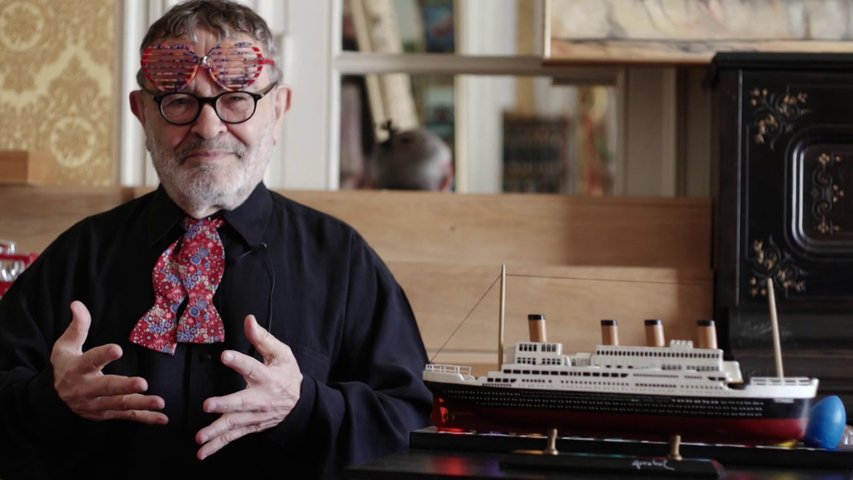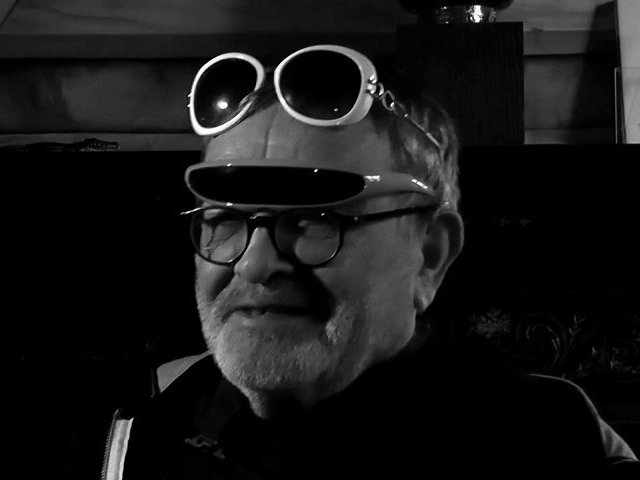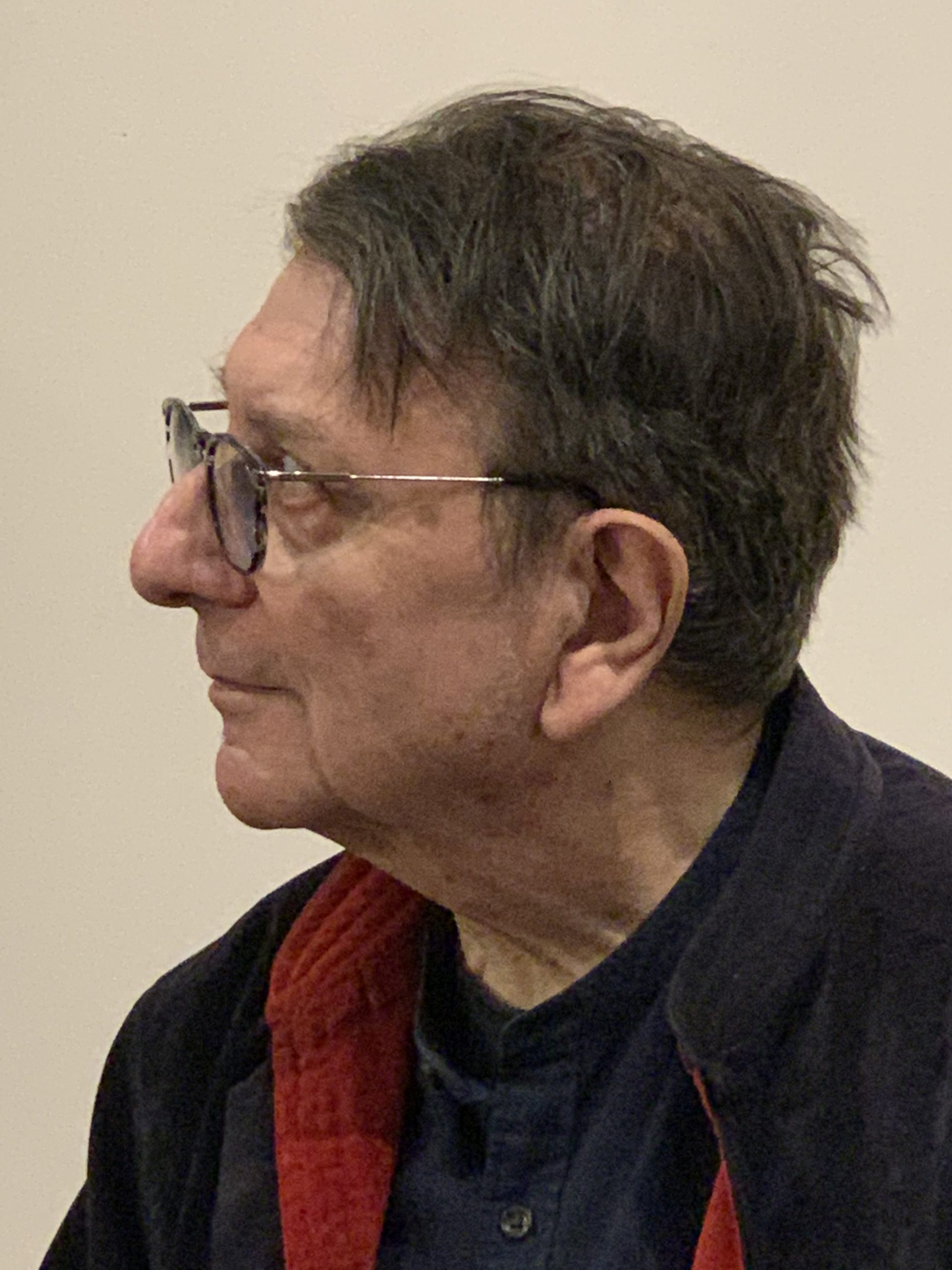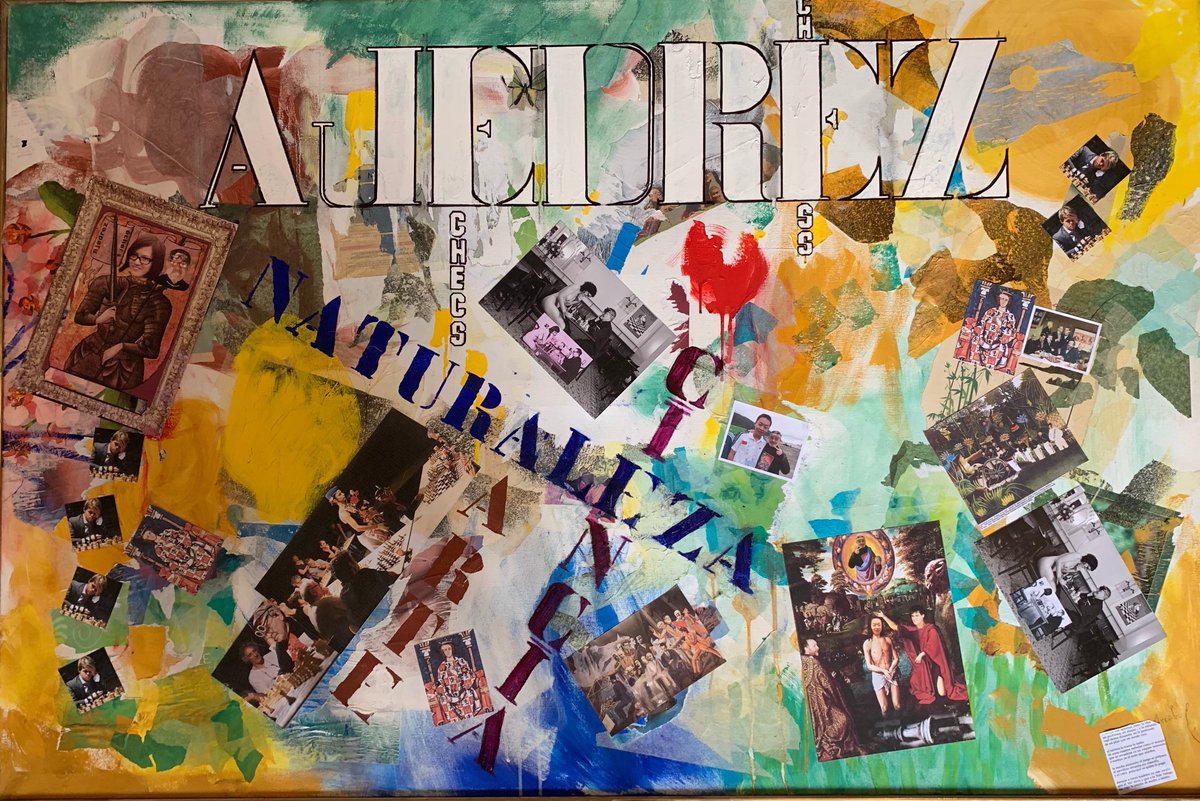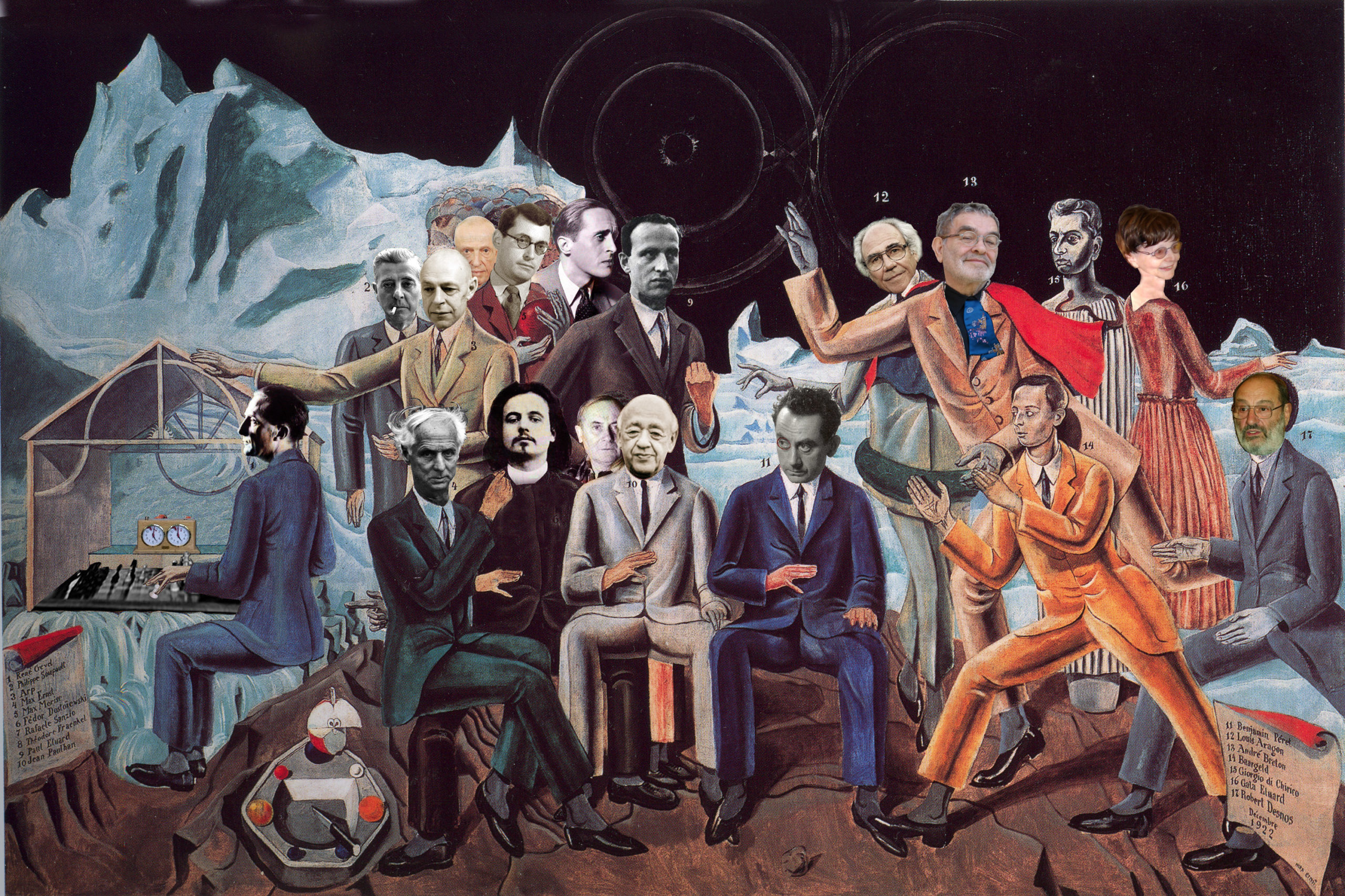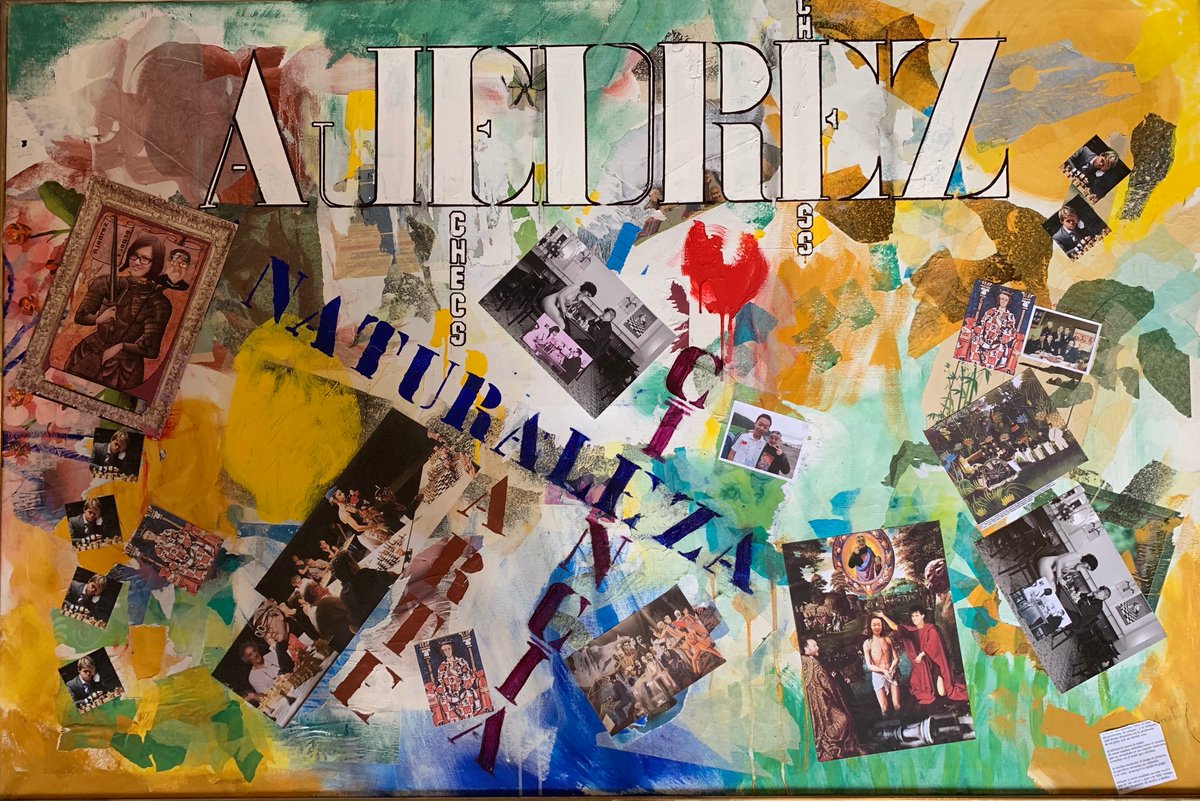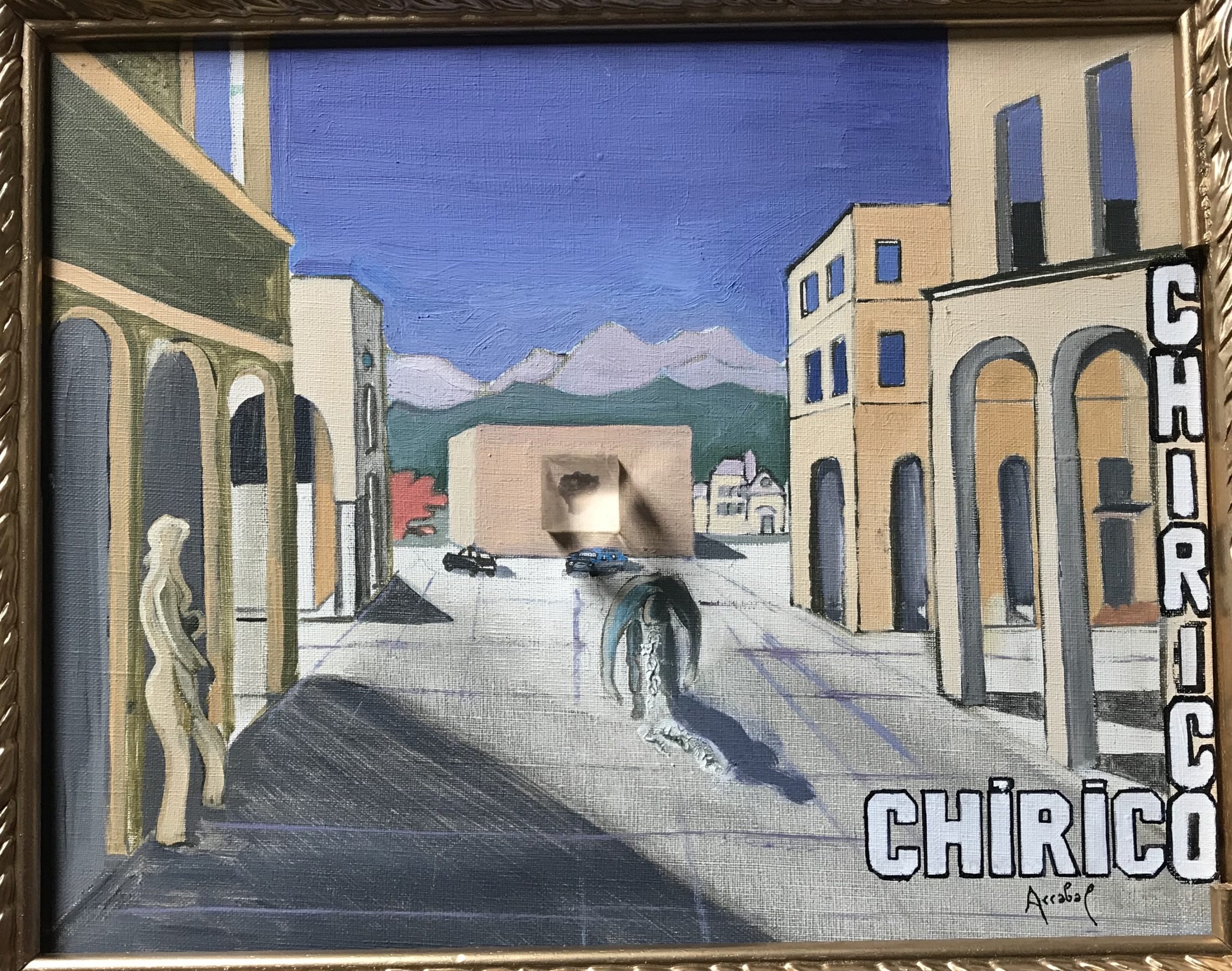Stage Managing CHAOS (2016/17) : A Diary of the Old Vic Production of Fernando Arrabal’s the Architect and the Emperor of Assyria
ANTONY HOPKINS , SIR LAURENCE OLIVIER , VICTOR GARCIA and FERNANDO ARRABAL
In the early 1970s London’s National Theatre, led by Sir Laurence Olivier, launched an infamous avant garde production of The Architect and the Emperor of Assyria. Concerned that his classical approach would clash with the enfant terrible director, Victor Garcia, Olivier enlisted stage manager Jackie Harvey to keep a diary of the often ludicrous, occasionally creative, always challenging rehearsals. Anthony Hopkins and Jim Dale costarred in the surreal two-man piece. Led by the eccentric Garcia, the play quickly descended into a chaotic and « xenius » theatre. Missed deadlines, technical hitches, unauthorized…
THE ARCHITECT AND THE EMPEROR OF ASSYRIA by Fernando Arrabal.
By CLIVE BARNES (The New York Times)
« The best thing he has done in years »
Presumably, even critics develop. When I first saw Fernando Arrabal’s play “The Architect and the Emperor of Assyria” at Britain: National Theater. I was modesty somewhat unimpressed.
I did not really understand it -perhaps simply because all critics are slightly behind their times. It is not so much an occupational hazard as an occupational disease, and should be recognized as such and treated kindly. We do our best. On Friday night at the La Mama Annex on East Fourth Street, the Nelly Vivas Company gave the Arrabal play its New York premiere, and
I was overwhelmed. It was a great theatrical experience.
A play about relationships that genuinely related. Now the simple explanation in such circumstances is to say that the second staging was so much better. But I suspect it wasn’t. The National Theater production was staged by the brilliant South American director Victor García and it starred Jim Dale and Anthony Hopkins.
No care had been spared.
But for me it didn’t really work -I was interested but totally puzzled. Now at La MamaTom O ‘Horgan has staged it -it is the
best thing he has done in years -in a very different fashion, and I found it most beautiful and interesting.
The play is concerned with two people living together, and the games they play, the roles they assume the gestures they make. It has the fantasy of the poetically sane.
There are two people: One is the Architect and the other is the Emperor -it might be thought that they symbolize special aspects of life. But that would not be quite true. Mr. Arrabal is more subtle than that. Indeed, just as all dreams and all fantasies that one has emerge from the single psyche, so indeed both of these men, arguing, accusing,condemning, fighting, lovingand losing, could indeed be a representation of one person.
On one all too human soul in conflict. But probably not. There does seem to be an dialogue here, and a dialogue not between the contradictory forces of human nature, but a dialogue between two people missing out in love.
They embrace, they devour, they die It is the texture of the play that is so fascinating and important. It has layers to it. At one time you think you are seeing this, at another time you are confident you are seeing that. If the art of poetry is ambiguity raised to level of either dreams or nightmares -and. by the way,it is- then this play is almost impossibly poetic.
The language floats, jumps and sparkles. It has been translated by Everard d’Harnoncourt and Adele Shank.and quite obviously they havedone a fine job. There is adazzling madness of wordsscattered across the airy
like diamante stars.
The play is a confrontation.It takes place on an island. Two people confined and in conflict and in love. The Architect and the Emperor -the two symbols, perhaps, of the human conditionon its creative level. Or, perhaps, the way we all, all of us, are -the titles themselves carry their own message. But interestingly Mr. Arrabal permits the two of them -these two aspects of personality- continually to switch roles.He is saying that in all of us there: is an Architect someone who needs to build and control, and an Emperor who needs to reign.
The concept is interesting, of course,but what makes it compelling is Mr. Arrabal’s brilliant use of it. The man dreams in the images of reality. He reminds me of another Spanish artist. Goya-and the Caprichos sketches- the « dream, » as Goya put it, “of reason produces monsters. »
Mr. Arrabal is severely anticlerical -his attacks on the church are bloody and unbound -but he may even be severely antihuman. One has a sense -a feel you have for another satirist such as Jonathan Swift- that he has looked at us carefully , perhaps, at least hopefully, but too carefully, and found us disappointing.
The play does play God but it plays it very convincingly.
One reason of course is Mr. O‘Horgan’s elegantly inventive production, which stages the play with precisely the explosive exposition that its statement demands, and also the acting. There are two alternative casts. On the night the roles were taken with love and care by Lazaro Pérez as the Archi- tact and Ronald Perlman as the Emperor. They were brilliant in evening of dizzy revelation.
Mr. Arrabal with his perceptions, absurdities, and understanding is
a playwright to be honored, treasured
and understood. In this play he is saying something about the isolation, the solitariness and the need of man that, so far, as I can, see, no other playwright has quite gotten on stage before. A playwright reveals, himself when in the electric instant of the moment he tells us the story of our lives.
Mr. Arrabal does that with the grace of the fantastic and the gaucheness of the real.
The New York Times.
Drama: los Hombres de Arrabal.
« The Architect and de Emperor » centelleantes.
Por CLIVE BARNES (traducción de Lelia Fischer)
« …ningún otro dramaturgo ha logrado antes presentar en las tablas… »
Probablemente incluso la critica hace progresos. Cuando vi por primera vez la pieza de Arrabal en el Britain National Theater quedé moderadamente impresionado. No la comprendí realmente- quizá tan solo porque todos los críticos suelen tener un leve retraso con relación a su época. No se trata tanto de un riesgo profesional como de una enfermedad profesional que tendría que ser identificada como tal y, por eso, debería ser considerada con indulgencia. Actuamos lo mejor que podemos .
La noche del viernes en La Mama Annex en la East Four Street (en la calle cuatro) la compañía de Nelly Vivas presentó el estreno de la obra de Arrabal y quedé sumergido. Fue una gran experiencia teatral. Una obra que trata de las relaciones familiares que realmente relacionaba.
Ahora bien la explicación sencilla en tales circunstancias consiste en decir que la segunda dirección era mucho mejor. Pero sospecho que no era tal. El montaje en el National Theater fue dirigido por el brillante director sudamericano Víctor García y los protagonistas fueron Jim Dale y Anthony Hopkins. Literalmente : pusieron toda la carne en el asador. Pero para mi algo realmente no funcionó.-me interesaban pero estaba totalmente desconcertado
Ahora bien en la Mama es Tom O’Horgan quien la ha dirigido -y es lo mejor que ha hecho desde hace años -de una manera muy distinta y me pareció más hermoso e interesante.
La obra trata de dos personas que viven juntas y de los juegos con que se divierten, los papeles que desempeñan , de su modo de actuar. Era la fantasía de lo poéticamente fenomenal
Hay dos personas: Una es el Arquitecto y la otra el Emperador – podríamos imaginar que simbolizan particulares aspectos de la realidad. Pero no sería del todo cierto. El Señor Arrabal es mucho mas sutil que eso. En realidad, exactamente como todos los sueños y fantasías que tenemos surgen de una única psique, igualmente estos dos hombres que discuten, acusan, condenan , combaten, aman y pierden podrían realmente representar (a) una única persona. En una toda el alma y sus conflictos. Pero probablemente no. Aquí parece que se trate de un dialogo, y un dialogo no entre las fuerzas contradictorias de la naturaleza humana, sino un dialogo entre dos personas carentes de amor. Se abrazan, se devoran, y mueren.
Es la trama (textura) de la obra la que es tan hechizadora e importante. Hay diferentes grados en ella. A veces crees que estas viendo tal cosa, en otro momento estas seguro de que estas viendo otra. Si el arte de la poesía es la ambigüedad elevada al nivel de sueños o pesadillas – y, dicho sea de paso, este es el caso- entonces esta obra es casi imposiblemente poética.
El lenguaje flota, salta y centellea. Ha sido traducido por Everard d’Harnoncourt y Adèle Shanks y con toda evidencia han hecho un excelente trabajo. Hay una deslumbrante locura de palabras cruzando lo etéreo : como estrellas de diamantes.
La pieza es una confrontación. Se desarrolla en una isla. Dos personas confinadas y con conflictos y amor. El Arquitecto y el Emperador -quizá los dos símbolos de la condición humana a su nivel creador. O, quizá el modo en que todos, todos nosotros somos -los títulos, en sí mismos llevan su propio mensaje. Pero de un modo interesante el Señor Arrabal permite a los dos -estos dos aspectos de la realidad- constantemente intercambiando sus papeles. Está diciéndonos que en todos nosotros hay una arquitecto, alguien que necesita construir y controlar, y un emperador que necesita reinar. La idea es interesante, naturalmente, pero lo que la hace irresistible es la brillante manera con que la emplea el Señor Arrabal . El hombre sueña con las imágenes de la realidad. Me recuerda a otro artista español: Goya y sus estampas, sus Caprichos- el « sueño » según Goya « de la razón engendra monstruos ».
El Señor Arrabal es tremendamente anticlerical -sus ataques a la Iglesia son sangrientas y desencadenadas -pero pueden ser incluso tremendamente antihumanas . Uno tiene la misma sensación – que se tienes con otro « autor satírico » como Jonathan Swift- que nos ha mirado cuidadosamente, quizá, al fin y al cabo con esperanza, pero con excesivo cuidado, cuando le decepcionamos.
La obra juega verdaderamente a ser Dios pero juega de una forma convincente. naturalmente uno de los motivos es el montaje elegantemente inventivo del sr O’Horgan que dirige la obra con precisamente la explosiva exposición que requiere su plasmación, y también el trabajo de los actores. Hay dos elencos alternativos . Esa noche los papeles los desempeñaban con amor y cuidado Lázaro Pérez: el Arquitecto y Ronald Perelman el Emperador. Fueron se lucieron en una noche de vertiginosa revelación.
El Señor Arrabal con sus percepciones, absurdos y comprensión es un dramaturgo que debe ser honrado, y atesorado, y entendido. En esta obra esta diciendo algo sobre el aislamiento, la soledad y lo que necesita el hombre que, tan lejos como puedo distinguir, ningún otro dramaturgo ha logrado antes presentar en las tablas. Un dramaturgo se revela cuando en el eléctrico instante del momento nos cuenta la historia de nuestras vidas . Esto hace el Sr Arrabal con la gracia de lo fantástico y la torpeza de lo real.
The Cast
THE ARCHITECT AND THE EMPEROR
OF ASSYRIA by Fernando Arrabal.
Directed by Tom O Horgan;
settings by Bill Stablie;
lighting by Cheryl Thacker;
costumes by Joseph Aulisi.
Written in l965 translated
by Everard d’Harmoncourt and Adele Shank.
Production coordinator, Nelly Vivas.
Production Stage managers, Marc Cohen.
Galan Mc Kinley.
La Mama Annex presents Nelly Vivas Company.
At La Mama Annex, 66 East Fourth Street
The Architect……..………………..Lazaro Perez
The Emperor.………………….Ronald Perlman

